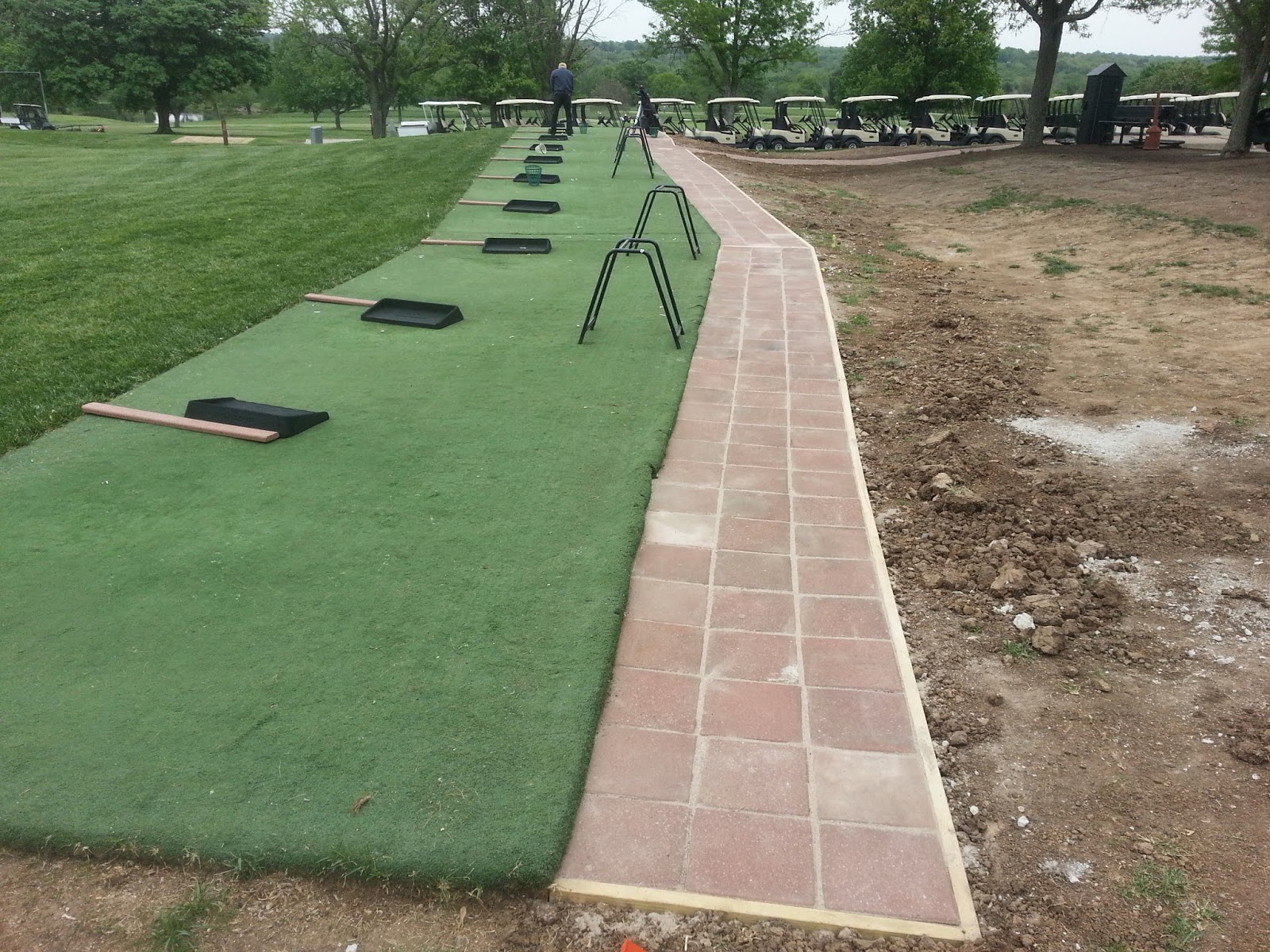As you are mowing your yard this fall try to remember these tips before you park your mower for the winter:
- Mowing height for October: 3"
- The height for the final mowing of the season is 2".
Grass that is too high during the winter can become diseased. - Never remove more that 1/3 of the grass blade.
If a mowing is missed; set the mower as high as it will go, then lower and mow again in a couple of days. - Use a different mowing pattern each mowing.
- Sharpen and balance mower blades every 10 mowing hours























